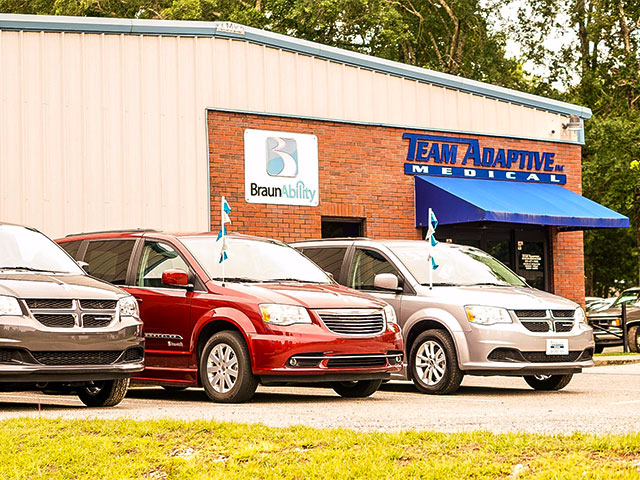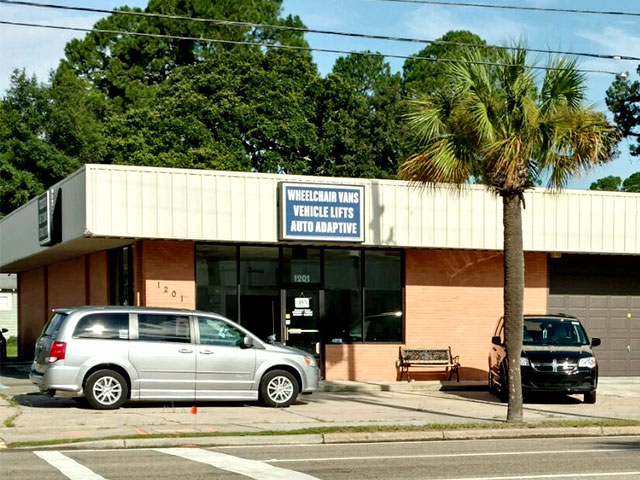
Chair Lifts Innovation Trends and Market Data at the 138th Canton Fair 2025
The 138th Canton Fair in 2025 serves as a pivotal platform for showcasing the latest trends and innovations in various industries, notably in the realm of chair lifts. As technological advancements continue to transform the market, chair lifts are becoming more sophisticated, efficient, and user-friendly, catering to the increasing demand for accessibility in various sectors. This year’s event emphasizes the importance of sustainable design and energy efficiency, reflecting a broader commitment to eco-friendliness within the industry. Stakeholders from around the globe will converge to explore cutting-edge solutions that enhance safety and comfort, making chair lifts an essential topic of discussion. By examining the current market data and innovation trends presented at the fair, participants can gain valuable insights into the future of chair lifts and their critical role in enhancing mobility across diverse environments.
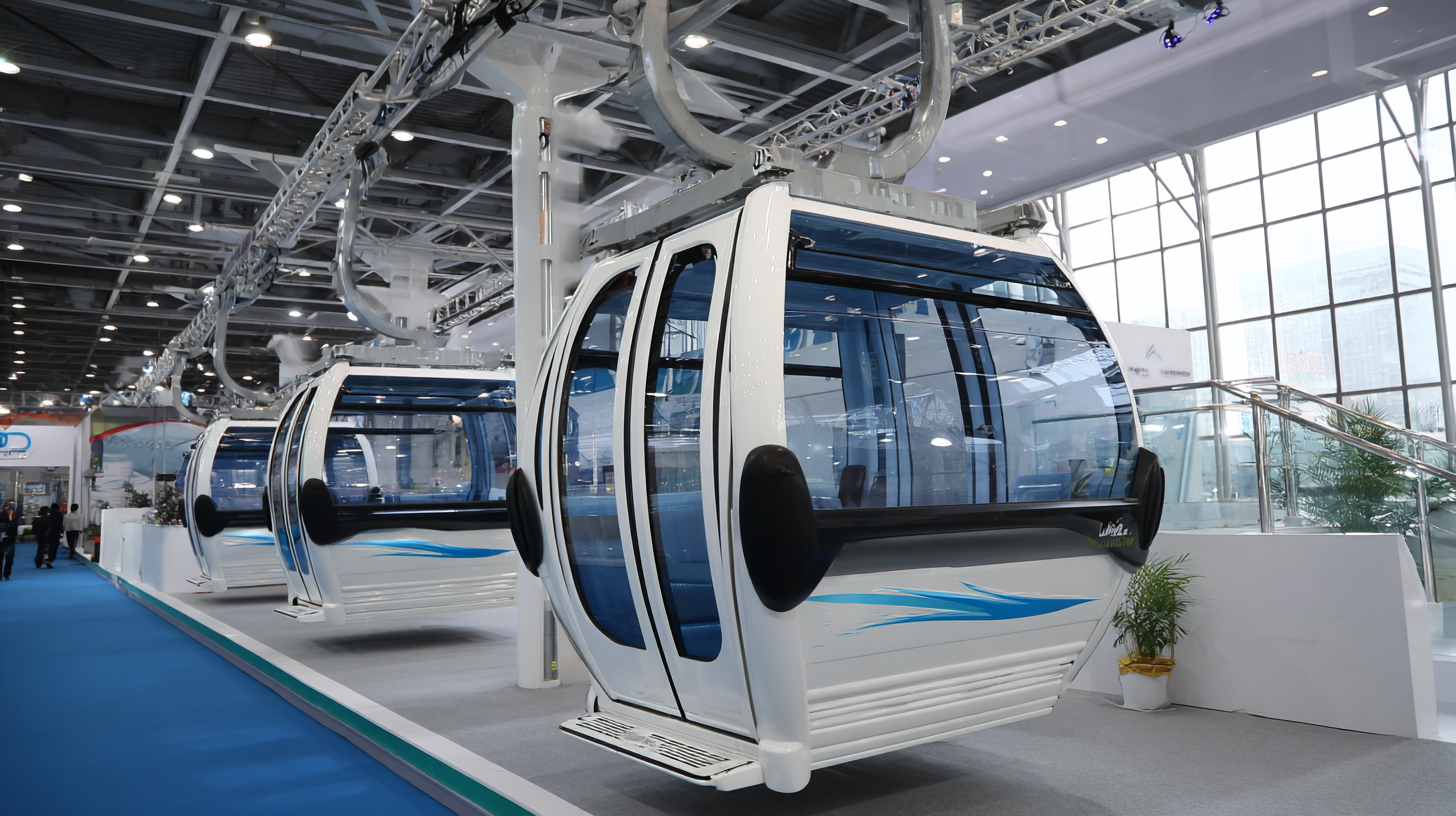
Trends in Chair Lift Technology: Innovations Shaping the Future of Elevation Systems
The 138th Canton Fair in 2025 showcased remarkable advancements in chair lift technology, illustrating how innovations are shaping the future of elevation systems. This event highlighted various cutting-edge designs and engineering solutions aimed at enhancing user experience, efficiency, and safety. Notable trends included the integration of smart technology, allowing for real-time monitoring and automated adjustments to optimize performance in diverse terrains.
Historically, the concept of chair lifts traces back to ingenious engineers who aimed to improve accessibility in mountainous areas. A notable example is a railroad engineer from Nebraska, who first invented the ski chair lift as part of a grand initiative to increase passenger rail travel in the American West. This foundational invention not only revolutionized winter sports but paved the way for modern developments that prioritize sustainability and user-friendliness. As we continue to explore the synergies between technology and design, the future of chair lifts promises even more innovative solutions for varied applications, expanding their reach beyond recreational use.
Chair Lifts Innovation Trends and Market Data at the 138th Canton Fair 2025
| Trend | Description | Market Impact | Future Projections |
|---|---|---|---|
| Smart Technology Integration | Incorporation of IoT and AI for enhanced user experience. | Expected to increase operational efficiency by 30%. | Market growth of 20% projected by 2030. |
| Sustainability Initiatives | Development of eco-friendly materials and energy-efficient designs. | Reduction of carbon footprint by up to 40%. | Increase in demand for sustainable solutions. |
| User-Centric Design | Focus on accessibility features and ergonomic designs. | Enhancement of user satisfaction, leading to higher sales. | Projected increase in market reach to 15% more users. |
| Modular Systems | Versatile and customizable lift solutions for various environments. | Potential to reduce installation costs by 25%. | Growing interest in modular designs, estimated market share increase of 10%. |
| Enhanced Safety Features | Implementation of advanced safety protocols and technology. | Decreased incident rates, enhancing brand trust. | Market demand for safety features increasing by 15% annually. |
Market Growth Projections for Chair Lifts: Insights from the Latest Industry Reports
The global indoor ski slope market is poised for substantial growth, with its size projected to expand from USD 6.37 billion in 2024 to an impressive USD 9.95 billion by 2032. This growth trajectory reflects a compound annual growth rate (CAGR) of 5.8%, driven by increasing interest in indoor skiing experiences and the growing number of facilities worldwide. As urban populations seek new recreational experiences, the demand for innovative indoor ski slopes is set to rise, highlighting an emerging trend in the leisure and entertainment industry.
Similarly, the electric wheelchair market exhibits robust potential, with its size anticipated to grow from $2.74 billion in 2025 to $5.54 billion by 2032, at a noteworthy CAGR of 10.6%. This surge in market value can be attributed to technological advancements and increasing awareness of mobility solutions among the aging population. As healthcare professionals and consumers alike prioritize independence and mobility, the electric wheelchair market is expected to see significant advancements in design and functionality, enhancing the quality of life for users while driving market innovation.
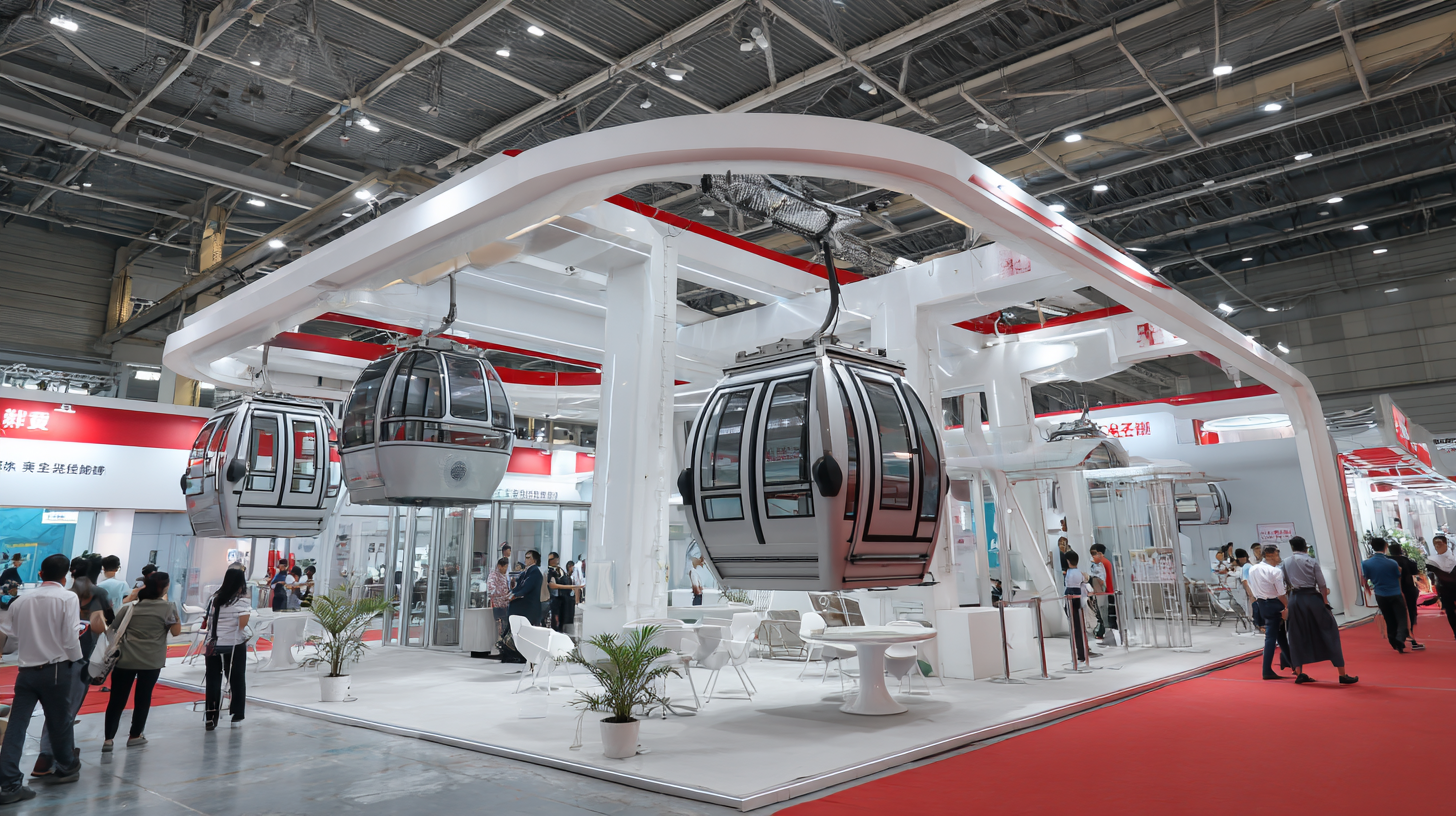
Sustainability in Chair Lift Designs: Eco-Friendly Innovations Taking Center Stage
At the 138th Canton Fair in 2025, sustainability emerged as a pivotal theme in the chair lift industry, showcasing a range of eco-friendly innovations that are redefining design principles. Manufacturers are increasingly integrating renewable materials and energy-efficient technologies into their chair lift systems, reflecting a growing commitment to environmental stewardship. These innovations not only aim to reduce carbon footprints but also enhance the user experience by minimizing energy consumption and promoting longevity.
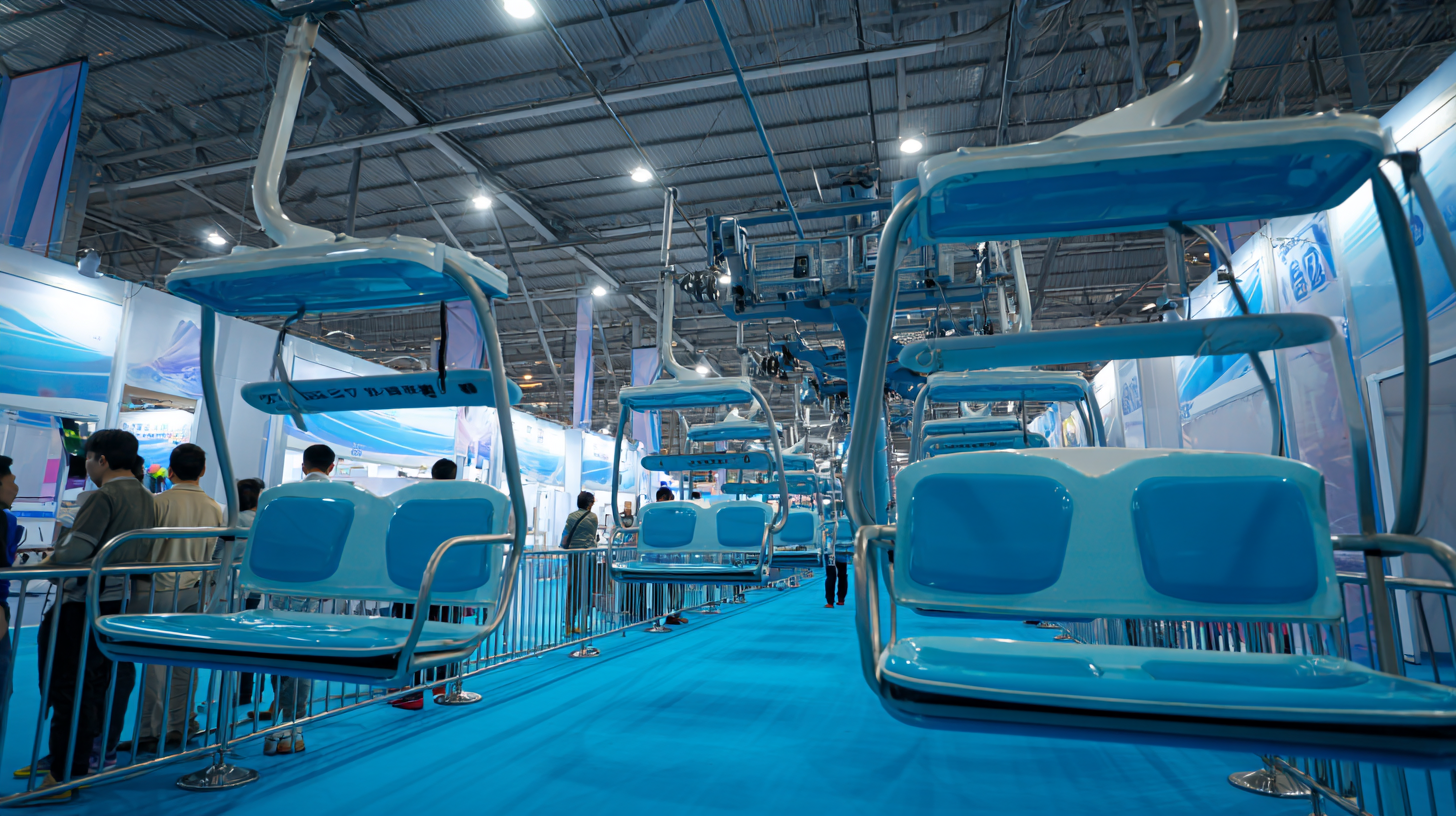
One of the key trends highlighted at the fair is the use of biodegradable composites in chair lift construction. These materials not only meet industry standards for safety and durability but also decompose without harmful residue, underscoring a shift towards a circular economy. Furthermore, solar-powered chair lifts gained significant attention, demonstrating how harnessing renewable energy sources can lead to significant operational cost savings while benefiting the environment. As the industry continues to evolve, sustainable practices in chair lift designs are expected to play a crucial role in attracting eco-conscious consumers and stakeholders alike.
Consumer Preferences in Chair Lifts: Data-Driven Insights from the 138th Canton Fair
The 138th Canton Fair, commencing on October 15 in Guangzhou, serves as a pivotal platform for showcasing innovation trends in various sectors, including chair lifts. With consumer preferences evolving rapidly, data-driven insights gathered at the fair will provide valuable understanding of market dynamics. Recent studies indicate a growing demand for eco-friendly and digitally integrated chair lift solutions, underlining a shift towards sustainability and advanced technology in consumer choices.
According to industry reports, the global chair lift market is projected to grow at a CAGR of approximately 5.6% over the next five years, driven by advancements in safety features and user-friendly designs. Consumer surveys highlight that over 70% of buyers prioritize energy efficiency, while 60% express interest in smart technology integration, such as remote control and monitoring systems. These insights underscore the necessity for manufacturers to adapt their offerings in alignment with consumer expectations, reinforcing the significance of data-driven strategies at forums like the Canton Fair.
Competitive Landscape Analysis: Key Players and Market Shares in the Chair Lift Industry
The chair lift industry has seen significant transformation and innovation, particularly highlighted during the 138th Canton Fair in 2025. A competitive landscape analysis reveals an intricate web of key players vying for market dominance. Established companies like Leitner Ropeways, Doppelmayr, and Poma continue to lead the sector, driven by advancements in technology and an emphasis on safety and sustainability. These companies have been instrumental in introducing eco-friendly lift systems, appealing to a growing market focused on green solutions.
Emerging players are also making their mark, leveraging cutting-edge technologies such as digital controls and automated systems. This trend is reshaping market shares, with newer entrants capturing attention by offering customizable solutions and enhanced user experiences. As these companies strive for innovation, consumer preferences shift towards more efficient and comfortable chair lift systems. The competitive dynamics in this industry are becoming increasingly complex, with traditional powerhouses adapting to keep their foothold while new innovators challenge the status quo.
Chair Lift Industry Market Trends - 2025
Related Posts
-

Innovative Stair Lift Elevator Designs Transforming Home Accessibility
-
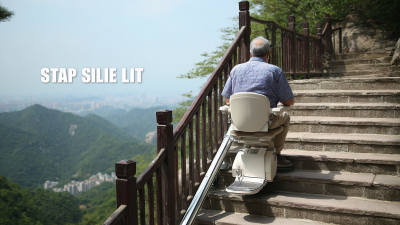
Quality Stair Lifts for Global Success from China to the World
-

How to Navigate Export Certifications for the Best Chair Lifts for Seniors in Global Markets
-
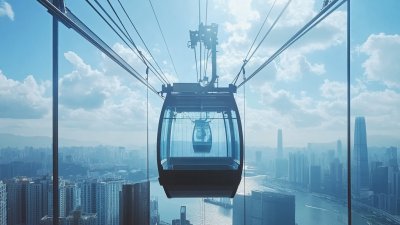
Explore Innovative Chair Lifts at the 137th Canton Fair as Global Buyers Show Unprecedented Interest
-

The Ultimate Guide to Choosing the Right Handicap Stair Lift for Your Business
-

Discover How Chair Lifts For Seniors Enhance Independence and Safety









